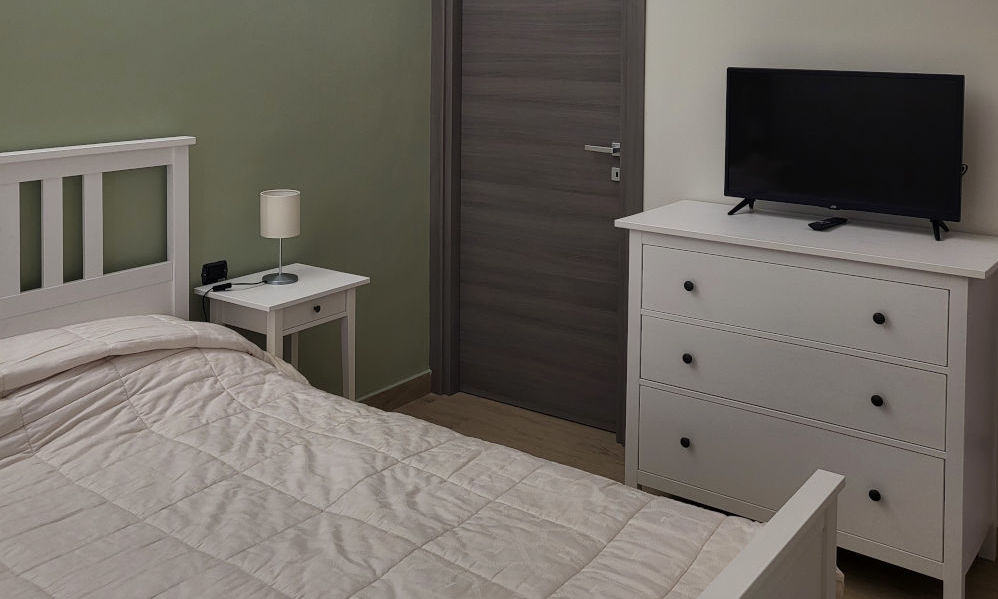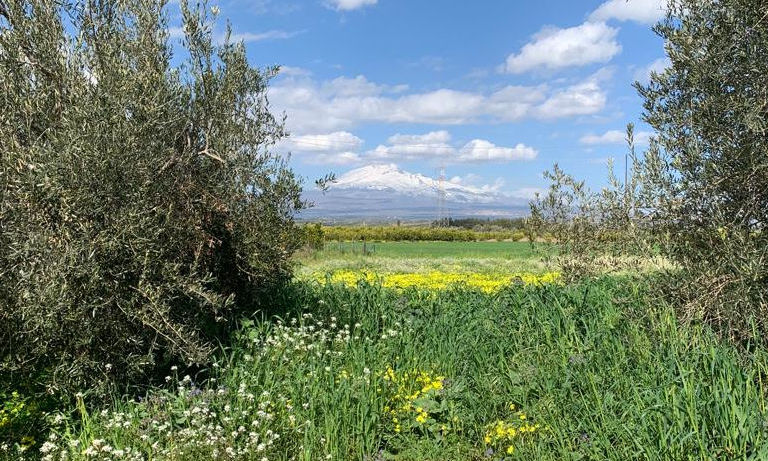Typhoeus room




Typhoeus room
View on the Sicilian clearing
Shared area
Shared area
Typhoeus room
Double bed with bathroom, wardrobe, TV and wifi.
The Tifeo room overlooks the splendid Sicilian clearing, the ground under which it is located the giant Typhon.
Myth of Typhoeus
In Greek mythology, Typhoeus is a giant son of Gea and Tartarus.
It too took part in the Gigantomachy.
Typhoeus did not look very good, indeed he was, as a demon, ugly, very ugly: half man and half animal he was higher than all the mountains and, often, his head hit the stars. He spit fire from his mouth and eyes. The legs were formed by twisted dragons from which snakes emerged from the center. When Typhoeus ascended Mount Olympus, all the gods, including Zeus, at his sight, fled to Egypt by transforming themselves into animals and giving birth to the local animal cult:
- Zeus (Jupiter) turns into a ram
- Apollo in raven
- Dionysus (Libero) in goatskin
- Artemis (Diana) in cat
- He was (Juno) in cow
- Aphrodite (Venus) in fish
- Hermes (Mercury) in ibis
Zeus was called to order by his daughter Athena (Minerva), goddess of war but also of reason, who reminded him that he was the supreme god of Olympus and guarantor of world harmony. Zeus then faced Typhon but was defeated by him and imprisoned in a cave in Cilicia after cutting the tendons in his wrists and ankles. Hermes and Pan found his tendons, freed him and healed him. Zeus then resumed the fight against Tifeo and this time he managed to win by hurling Sicily at him. Popular tradition has it that Typhon supports Sicily, in fact, his body is positioned with the head towards the east, the feet towards the west and the two arms stretched perpendicularly to the body along the north-south axis: Typhoon supports Messina with his right hand, Pachino with the left, Trapani is resting on his feet and the cone of Etna is right on his mouth, facing upwards.